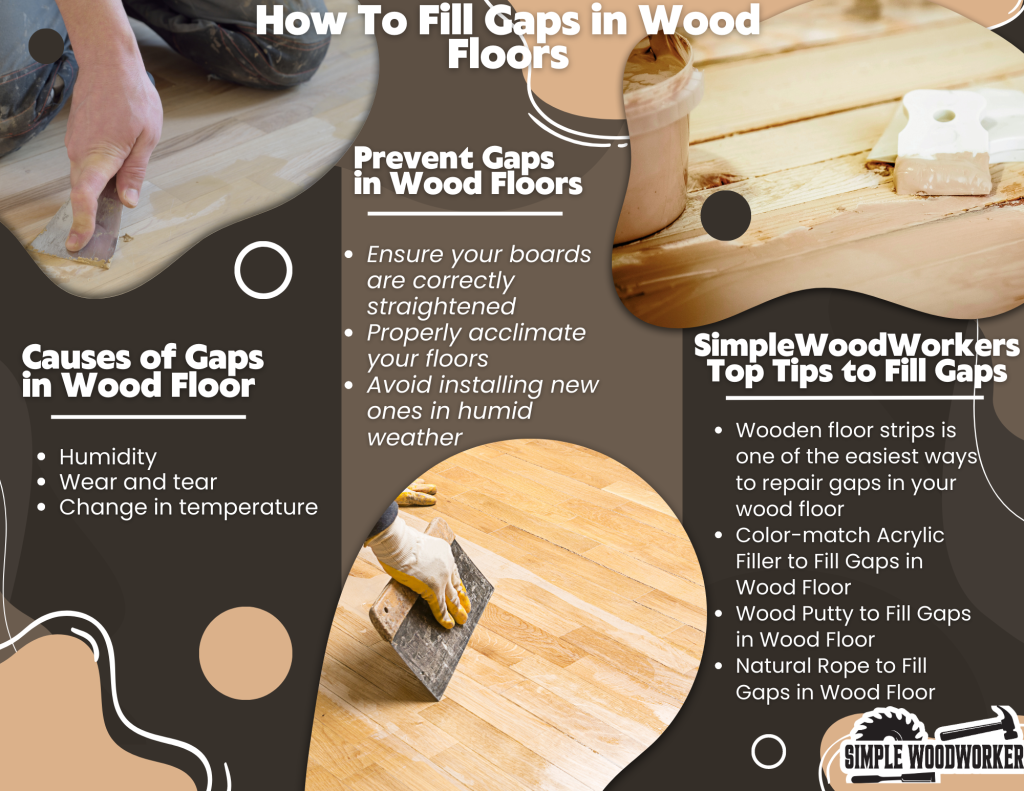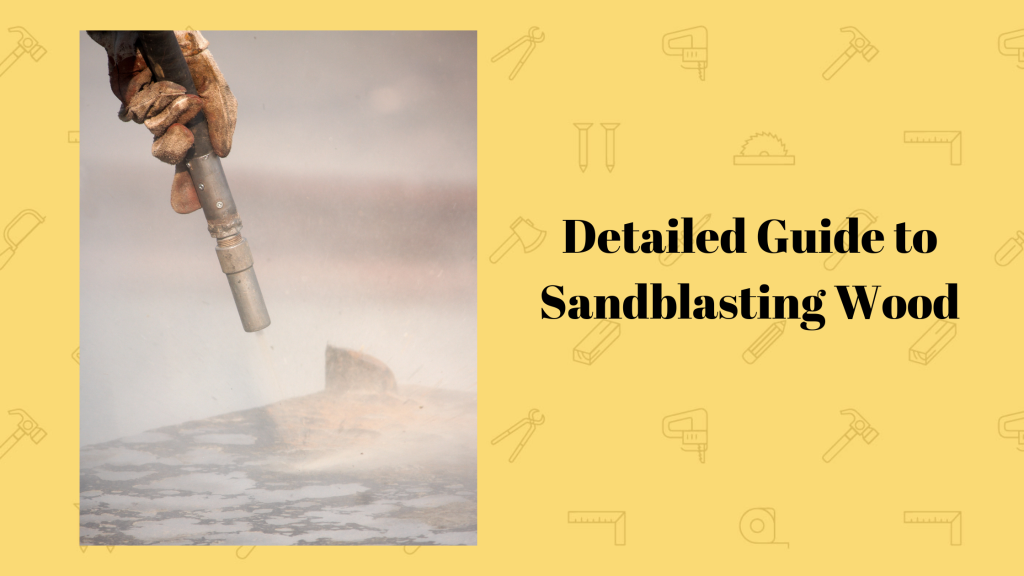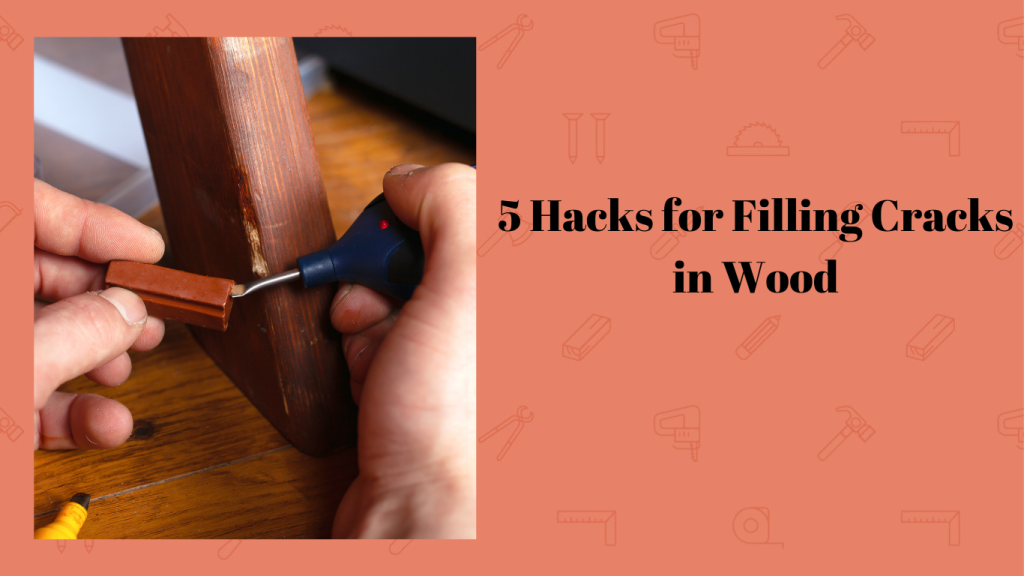To fill gaps in wood floors is arguably one of the worst bits of wooden furniture. Like a stubborn stain in bright fabric, floor gaps are annoyingly visible and unsatisfying. You just can’t look away.
Luckily, there are four ways to correct gaps in wood floors. Similar to filling cracks in any type of wood, these hacks are quick and easy to understand, making them perfect for ridding your wooden floors of pesky gaps. Plus, the materials you’ll need are easily sourced from a DIY store or a local wood supplier.
Read on to learn four foolproof ways to fill gaps in wood floors without calling flooring services or breaking the bank.
Option 1: Using Wood Strips to Fill Gaps in Wood Floors
Using wooden floor strips is one of the easiest ways to repair gaps in your wood floor. If you don’t have leftover wood strips from leftover hardwood boards, check for new or salvaged similar wood. Personally, I like to save leftover scrap wood for these scenarios.
First, you’re going to measure the length and breadth of the floor gaps to provide you with an accurate size for the strips. Then, taking strips of equal measurements, you will glue the gaps shut and hammer them with a mallet.
Next, you’ll need to sand or stain them until they blend with the regular floor. Trust me, you’ll grow to hate an odd-looking patch of flooring.

Option 2: Using a Color-match Acrylic Filler to Fill Gaps in Wood Floor
Acrylic fillers are another easily sourced and simple way to fill gaps in wood floors. You can easily buy them from a DIY shop or your convenience store.
First, clean the area of any dust, oil, or grime. Then, use a filling knife and work the filler into the gaps in layers, allowing two hours between each layer. Once it has dried, you can paint and stain the acrylic to match the rest of your flooring.
One of the biggest perks of acrylic filler is its seamless application. Plus, it doesn’t require any sanding.
Option 3: Using Wood Putty to Fill Gaps in Wood Floor
Wood putty is a more time-intensive, but common way to fix gaps in wood floors. It is an effective way to fix the pesky smaller gaps (less than 5mm) threatening the uniformity of your flooring.
First, create the wood floor crack filler by combining sawdust and clear resin wood filler, which you’ll easily find at a wood floor supplier. For the resin, I’d recommend the JDiction Epoxy Resin Kit because of its unique thin viscosity and anti-bubble attributes.
Remember, we’re aiming for a thick, putty-like consistency, which you will scoop into the gaps with a spatula.
One of the perks of using wood putty is its smooth copycat finish, allowing it to blend in with your original flooring.
Option 4: Using Natural Rope to Fill Gaps in Wood Floor
Using natural rope to fill gaps in wood floors is the least flexible gap filler for wood floors. Natural rope won’t blend as easily, but some argue it is better than leaving a gaping hole in the floor.
Firstly, you’ll need to stick to natural rope, like jute and cotton, because synthetic rope won’t absorb the stain. Next, you’re going to dye the rope in a wood stain by soaking it in a bucket. Once it is fully saturated, take it out to drip and dry.
Assuming the rope is dry, stretch it along the gap’s length and stuff until you have filled the gap. You might need a sharp knife to trim any excess rope.
Using natural rope is a little more tricky than wood strips, putty, and acrylic. So, remember to clean out any dust, grime, or oil before stuffing the dyed rope into the gap.
What Causes Gaps in Wood Floors?
The most common cause of gaps in wood floors is humidity.
Wooden floorboards are a natural product, meaning they are always slightly oddly spaced. As the temperature changes, these wooden floorboards expand and contract, revealing small but annoying gaps in our flooring,
Because of humidity’s part in floor gaps, bathrooms, and kitchens are some of the most affected areas. You may notice these cracks more often during the winter because the low humidity causes the floorboards to contract and create gaps.
How to Prevent Gaps in Wood Floors
Most gaps in wood floors are inevitable, but you can prevent them by ensuring your boards are correctly straightened to withstand any weathering action. You should also properly acclimate your floors and avoid installing new ones in humid weather, like winter and summer.

Frequently Asked Questions
How Do You Fill Large Gaps in Old Hardwood Floors?
You can fill gaps in old hardwood floors by using wood strips, acrylic filler, wood putty, or natural rope. All of these ways won’t yield the same results, but they are pretty effective DIY methods for filling gaps in old wood floors.
Can I Use Wood Putty to Fill Gaps in Hardwood Floors?
The short answer is yes. You can definitely use wood putty as a hardwood floor filler because it is easily accessible and creates a uniform finish when filling floor gaps.
Can You Use Wood Filler to Fill Gaps in Floorboards?
You can use wood filler to fill gaps in floorboards and virtually all your wooden furniture. Some people even use wood filler to correct gaps in their wooden cutting boards. As long as the wood putty is food safe, then you’re good to go.
What is The Best Filler for Gaps in Floorboards
The best filler for gaps in floorboards is wood putty, but the easiest are wood strips. Think of wood putty-like liquid wood, perfectly filling up the gaps in your wood floor.
Let’s Review…
Gaps in wood floors are a common and sometimes inevitable occurrence part of owning wood. In their numbers, these gaps create a generally unsatisfying look on hardwood floors and cabinets.
Fortunately, these DIY options can help rid you of holes in your gap floors. If done correctly, they can help you achieve your former uniformed wooden floors without needing new installations. Plus, all the materials you’ll need are inexpensive and easily accessible.
Have you ever had to fill gaps in wood floors? Tell us how you handled them in the comments, and share this post with someone who might need these hacks!
*This post may contain affiliate links. Please see my disclosure to learn more.



